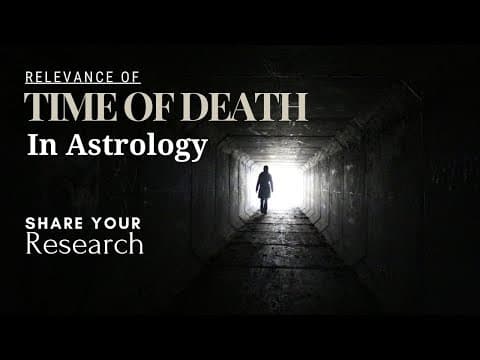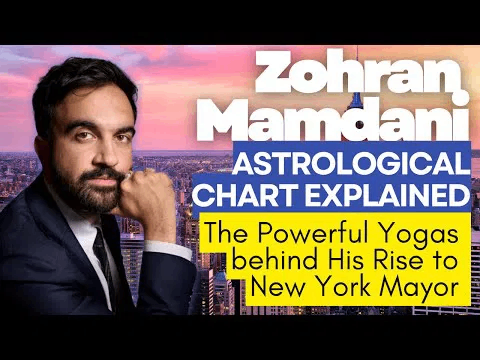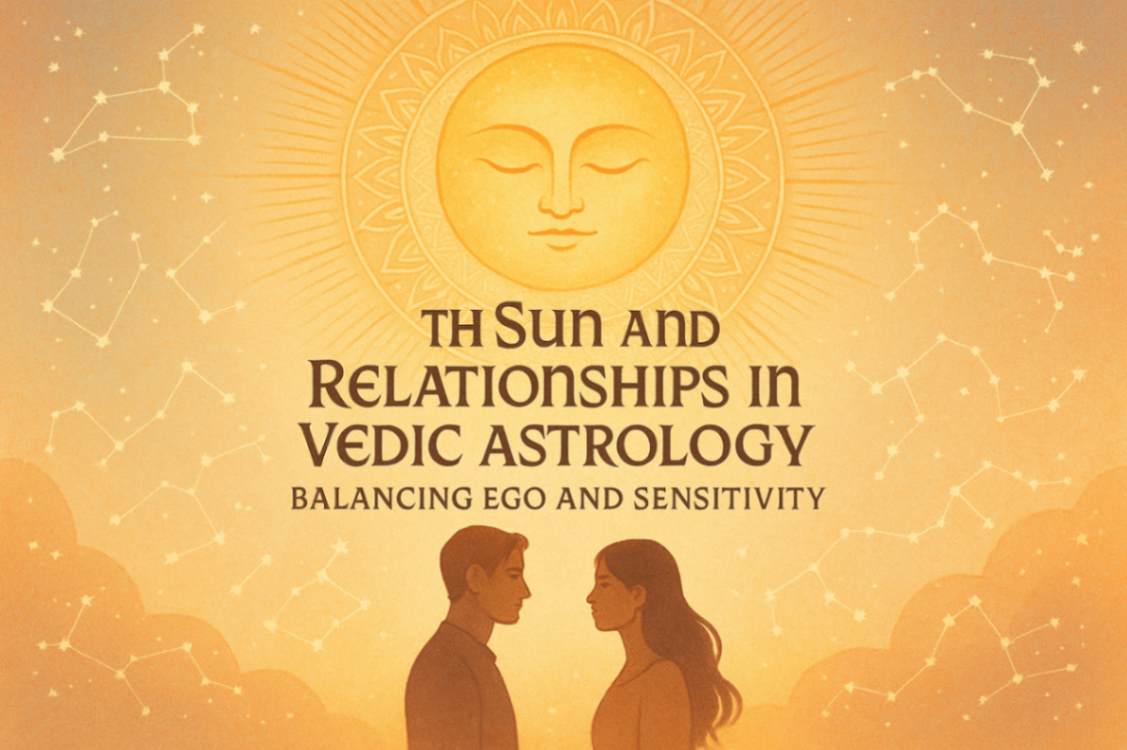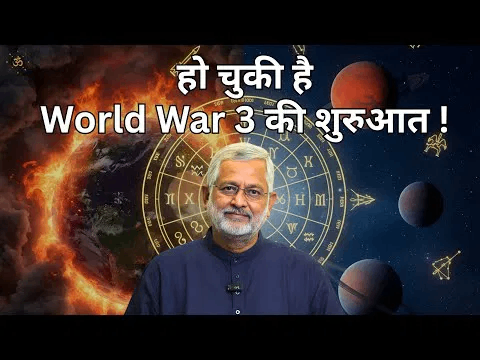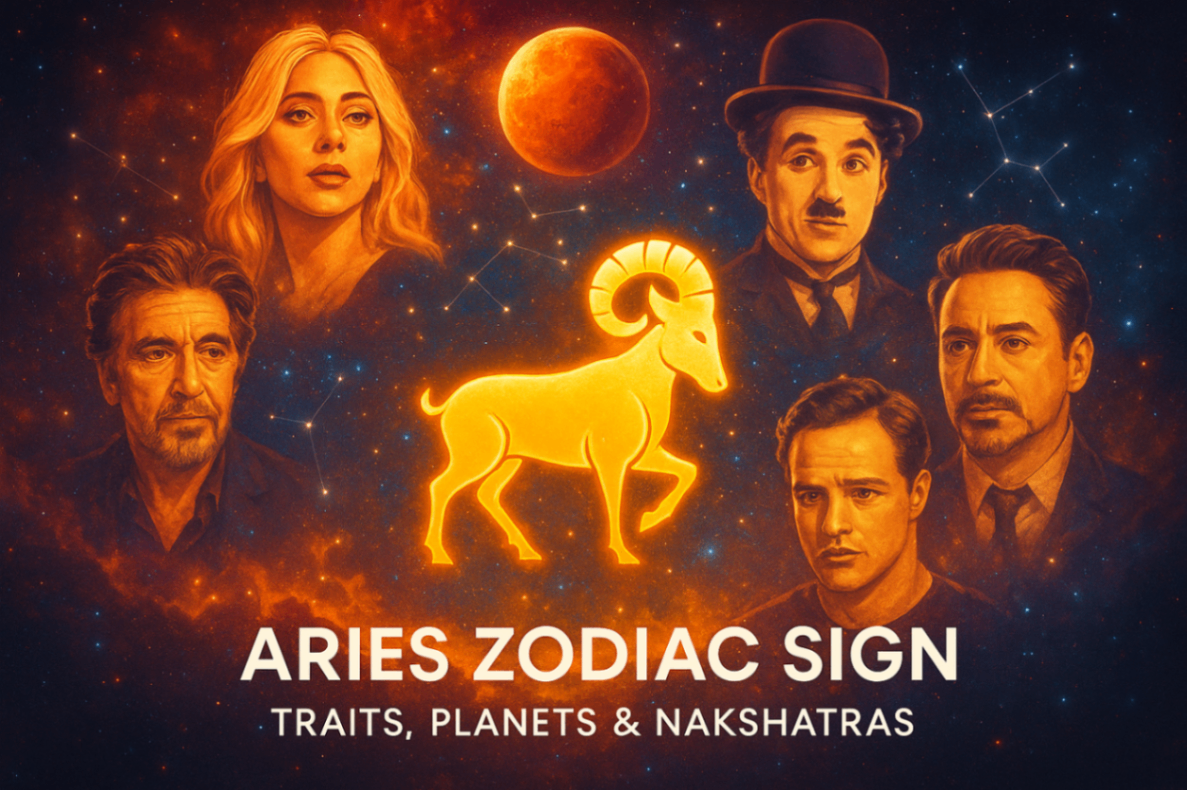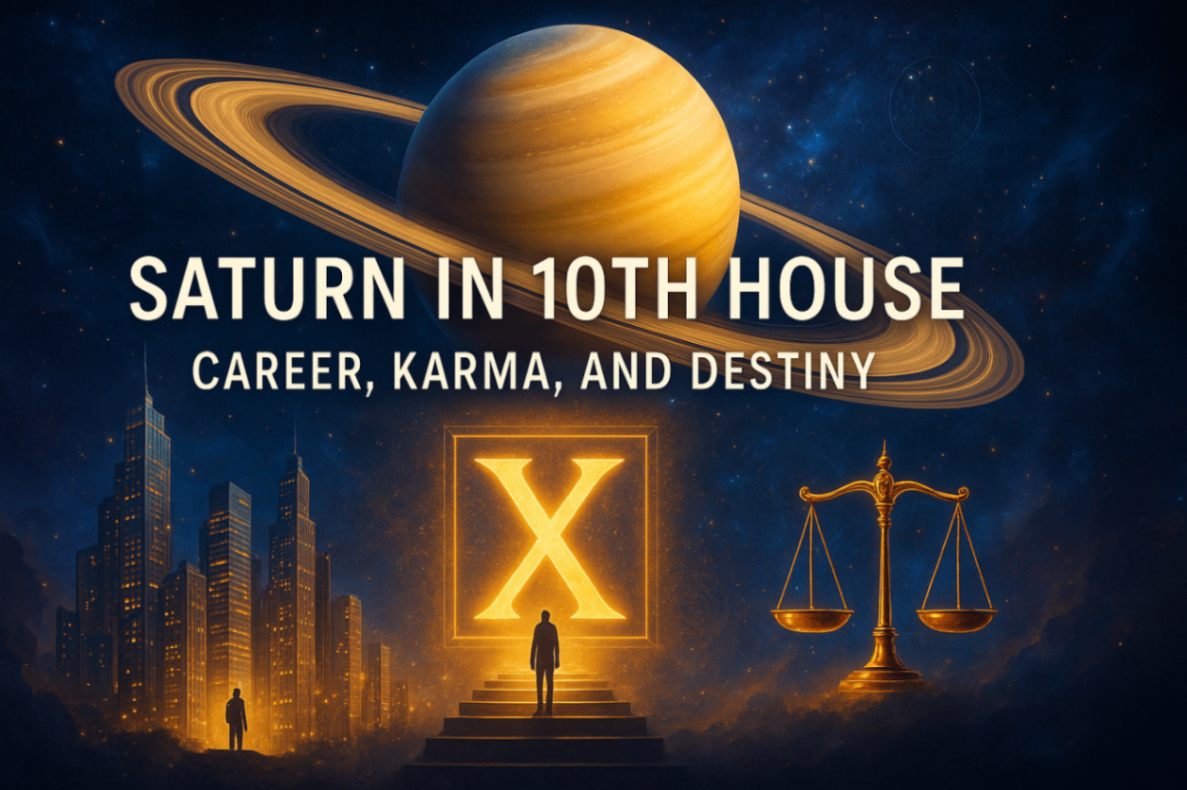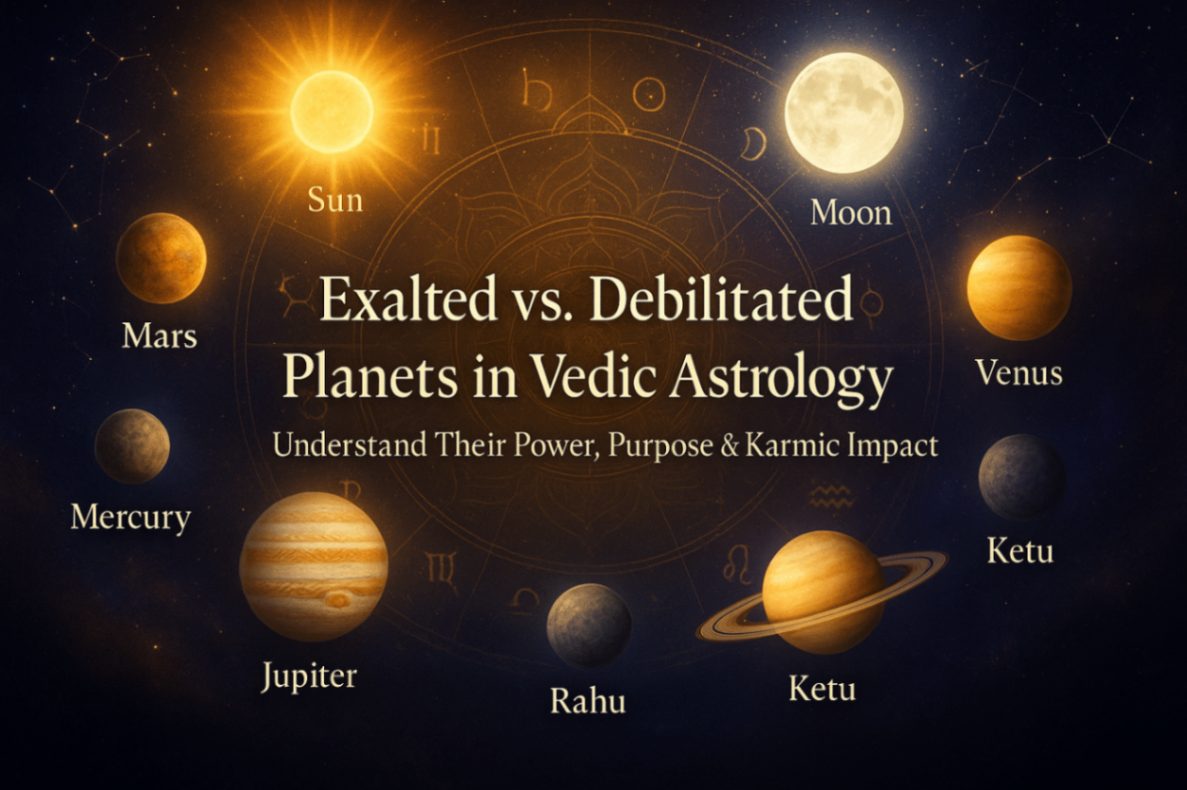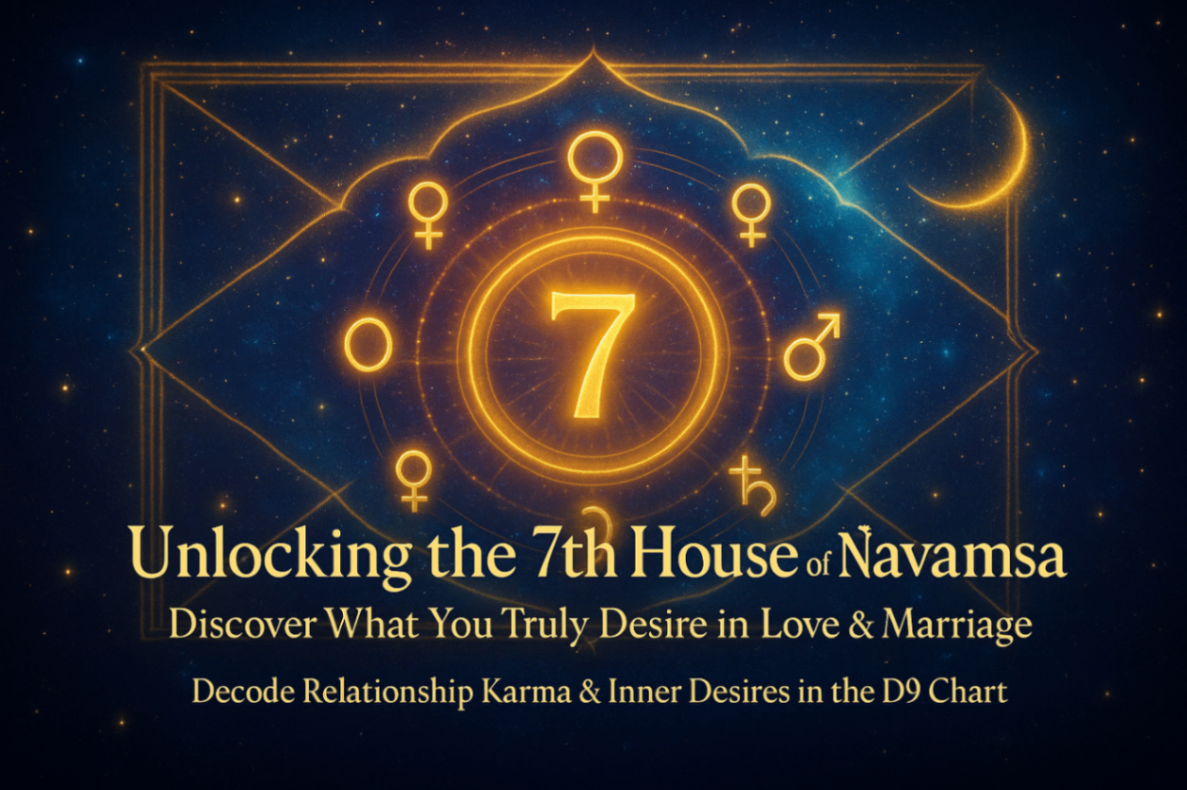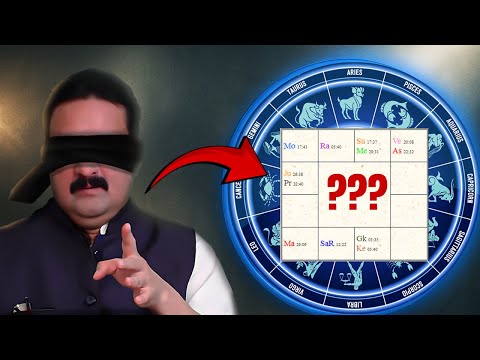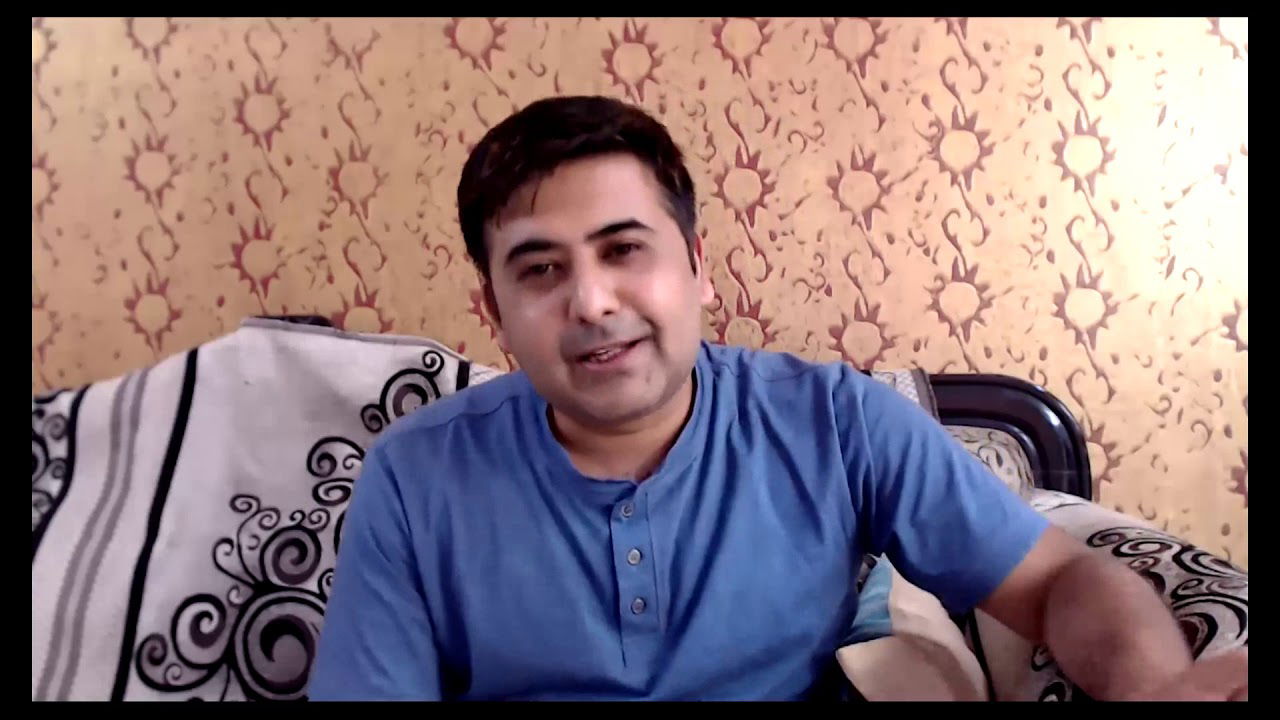Introduction to Time of Death in Vedic Astrology

Vedic astrology, or Jyotish, is a powerful ancient system that offers profound insights into human life, fate, and destiny. One of its most fascinating areas is the study of the time of death astrology, which involves understanding how planetary positions influence the final moments of a person’s life. While the topic prompts philosophical and spiritual debates, how to predict time of death in astrology remains a deep subject of inquiry for astrologers.
This comprehensive guide explores the significance of time of death in Vedic astrology, its various tools, techniques, and the role of specific planetary houses. Well also delve into what classical texts say about the subject, making it easier to understand how to calculate time of death in astrology.
Significance of Time of Death in Vedic Astrology
In Vedic astrology, predicting time of death astrology has always been a complex subject, intertwined with spiritual and karmic principles. Astrologers believe that the planetary alignment at the moment of death can provide valuable information about the soul’s transition into the afterlife.
As per Hindu spiritual teachings, particularly from the Garuda Purana, the state of the soul at the time of death is vital for determining its next journey. Astrologers analyze planetary positions to decode this state, helping them understand how to predict time of death in Vedic astrology.
Key Astrological Houses and Planets
First House: The Physical Body
The first house, or the ascendant, represents the physical body and general health at the moment of death. When analyzing timing of death in astrology, this house is crucial because it reflects the individual’s vitality and karmic balance. For instance, if Saturn—a planet linked to karma—is placed strongly in the first house, it may signify that the soul is facing karmic judgment. The position of Saturn in its Mooltrikona sign in the first house often indicates a final karmic reckoning at death.
Fourth House: The State of Mind
The emotional state at the time of death is equally important. The fourth house governs emotions and mental peace. An exalted Moon conjunct with Jupiter in the fourth house suggests a serene emotional state, leading to a peaceful transition. On the other hand, afflictions to the Moon in this house might indicate emotional turmoil at death. This houses placement helps in how to know the date of death time by astrology by determining mental readiness.
Eighth House: Longevity and Transformation
The eighth house is traditionally associated with longevity, death, and transformation. The presence of planets like Ketu, the Sun, or Mercury in the eighth house at the time of death can indicate the soul’s departure and the karmic forces in play. Analyzing the strength and position of these planets provides insights into the nature of death. For example, how to calculate time of death in astrology often relies on observing planets in this house, particularly during key transits.
Ninth House: Divine Grace and Higher Realms
In Vedic astrology, the ninth house represents divine influence and spiritual grace. Planets like Venus in the ninth house at the time of death suggest favorable divine intervention. This houses strength can be a key indicator in how to predict time of death in astrology, as it reflects the level of spiritual ascension and grace at the time of death.
Astrological Techniques to Predict Time of Death
Astrologers use multiple techniques when predicting time of death astrology, drawing from classic texts and contemporary observations.
Dashas and Transits
The Dasha system in Vedic astrology, particularly the Mahadasha and Antardasha of planets linked with the eighth house or the lord of the ascendant, plays a crucial role in determining the timing of death. These periods, combined with significant transits of Saturn or Rahu, often provide clues about deaths proximity.
The Role of Nakshatras
Nakshatras, or lunar mansions, are also critical in astrology time of death predictions. Certain Nakshatras like Moola or Ashlesha are considered sensitive when analyzing the soul’s departure from the physical body.
The Death Chart
A chart drawn at the exact moment of death, known as the death chart, offers valuable insights. By analyzing the ascendant and planets placed in the eighth and twelfth houses, astrologers can discern the type of death, whether it is sudden or peaceful, and the soul’s immediate path forward.
Classical Texts and Time of Death in Vedic Astrology
Classical texts like the Brihat Parashara Hora Shastra and the Garuda Purana offer timeless wisdom on how to predict time of death in Vedic astrology. Parashara elaborates on the influence of planets like Saturn and Rahu during critical times. The Garuda Purana, meanwhile, describes the stages the soul undergoes after death, providing a spiritual and astrological framework for understanding the journey beyond life.
These ancient texts emphasize the role of karma and divine grace, with the eighth house and ninth house playing pivotal roles in the timing and nature of death.
Case Studies and Personal Observations

Astrologers often turn to case studies to refine their knowledge of time of death astrology. For example, individuals with troubled lives or health crises may have experienced sensitive lunar phases at the time of death, such as a Moon-Rahu conjunction.
One notable case involved a peaceful death during a full moon period, where Jupiter and the Moon were exalted, suggesting spiritual liberation. These personal insights provide depth to the theoretical framework and offer real-life examples of how astrology time of death predictions manifest.
Astrological Community and Research
The astrological community continually engages in research to uncover the mysteries of the time of death. Astrologers seek reference materials, books, and expert opinions to validate their findings. Collaboration within the community helps in refining techniques and gaining deeper insights.
Conclusion: Exploring the Time of Death in Vedic Astrology
The field of time of death in Vedic astrology remains a profound and mysterious area of study. With a combination of spiritual doctrines, planetary analysis, and astrological techniques, astrologers can uncover key details about the soul’s departure and its journey thereafter. By leveraging the tools of how to predict time of death in astrology, practitioners contribute to our understanding of lifes final phase.
While not exhaustive, the tools and insights provided by Vedic astrology give a framework to approach the subject with reverence, curiosity, and respect for the soul’s ultimate journey.
